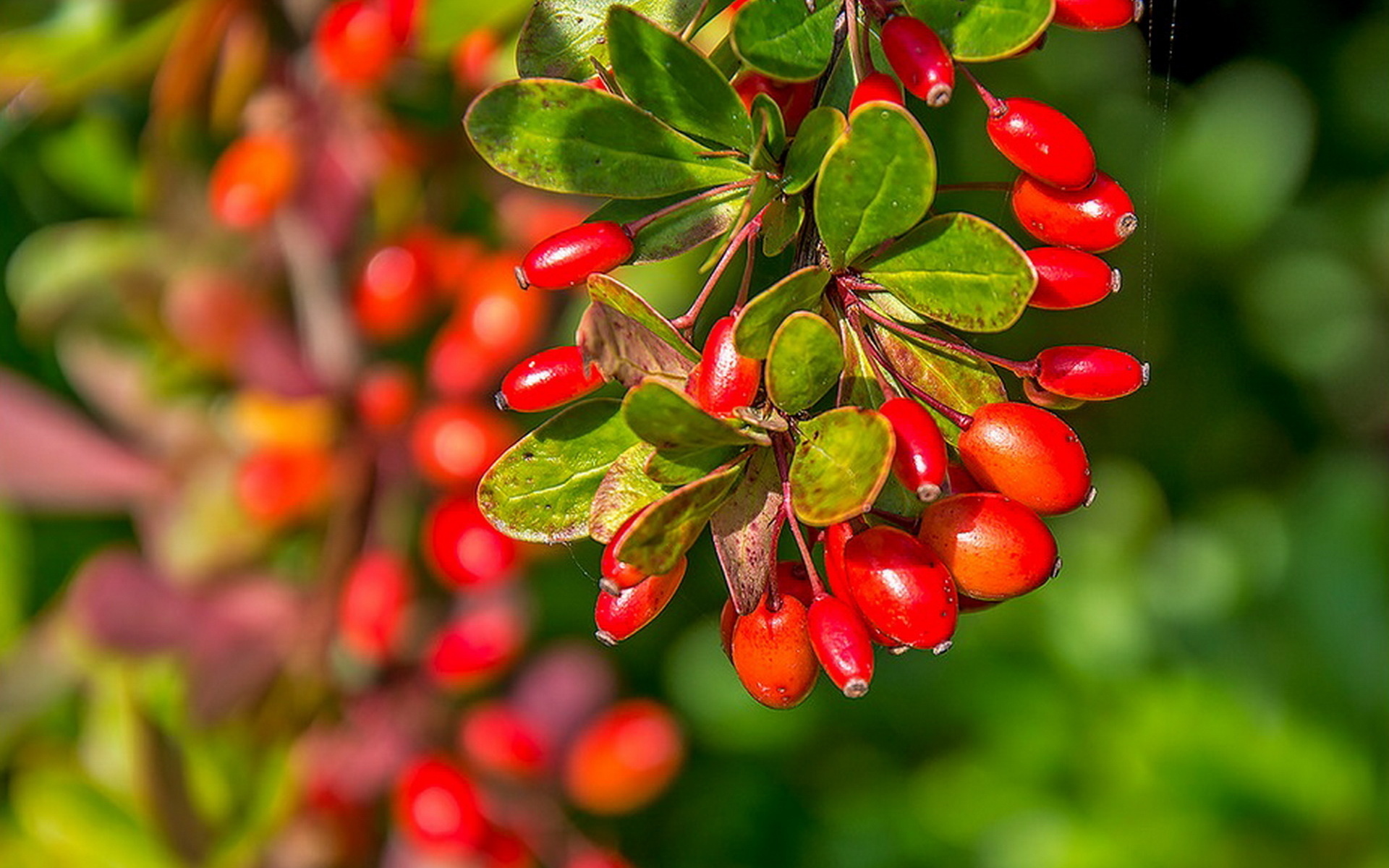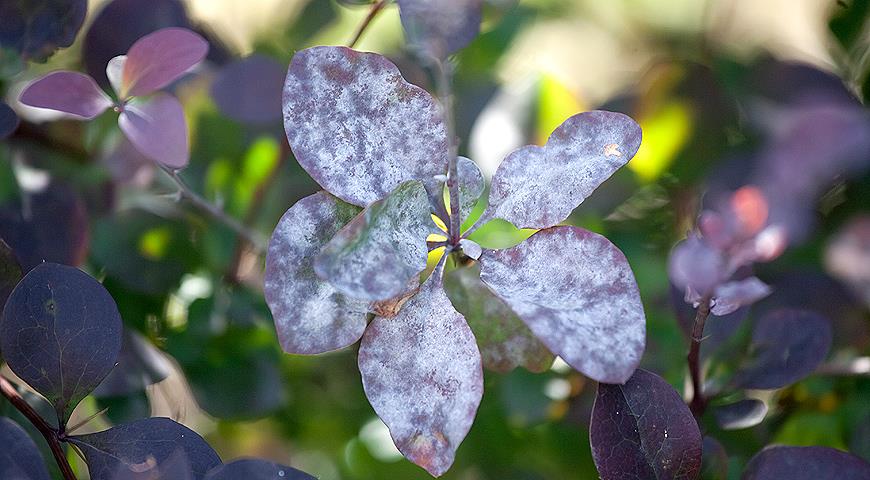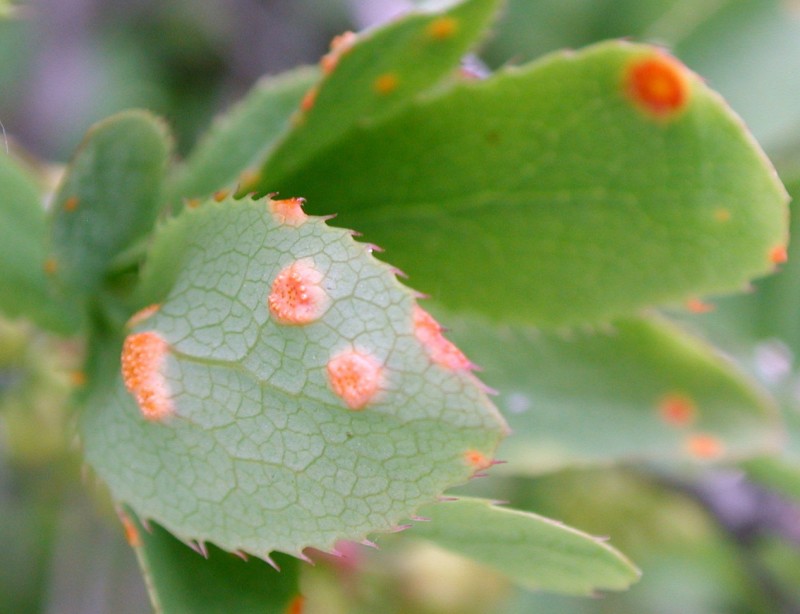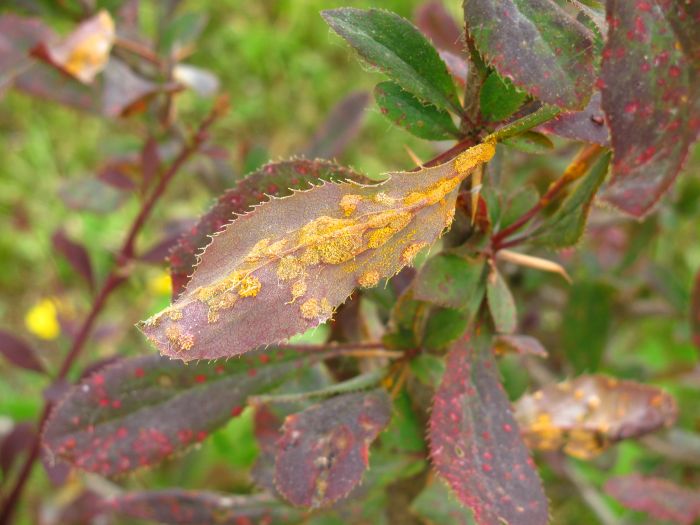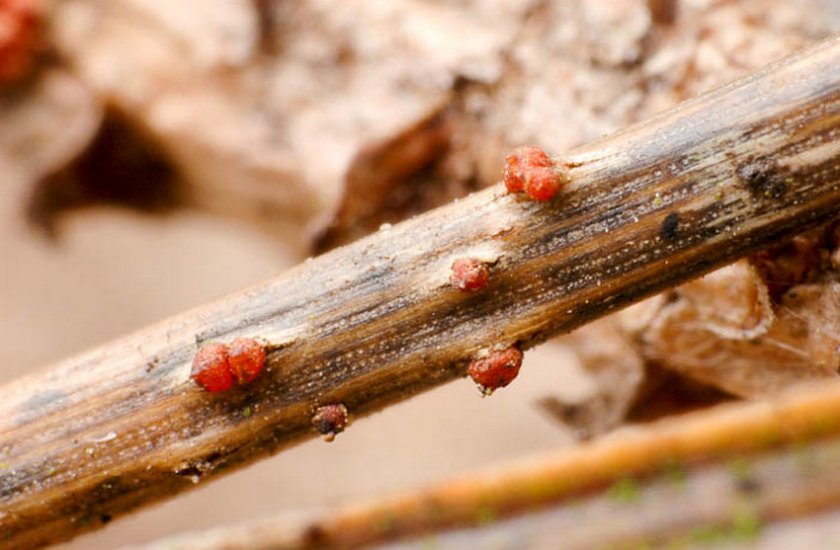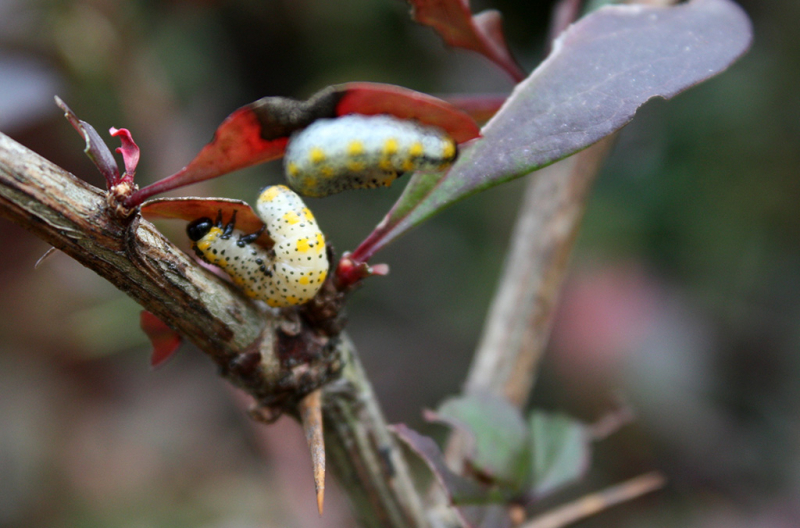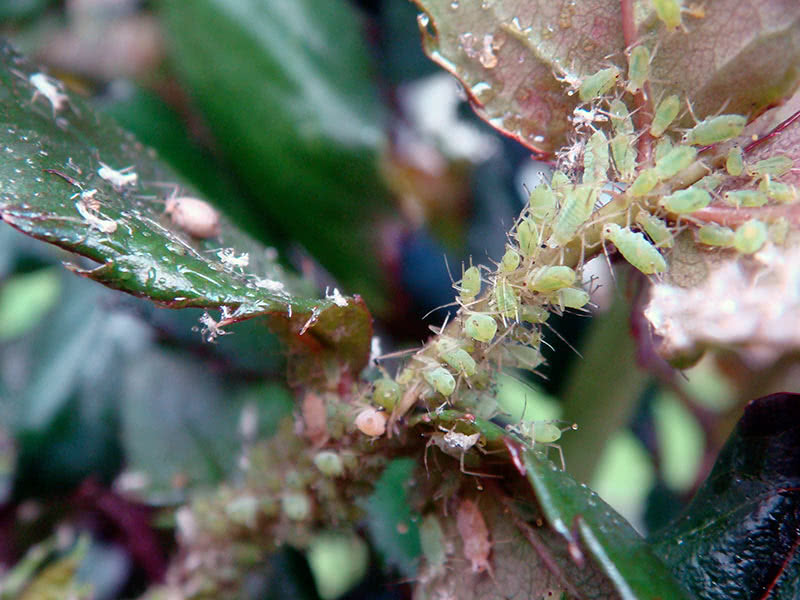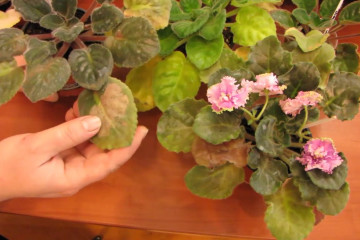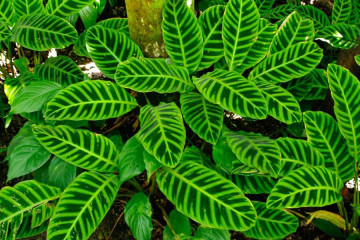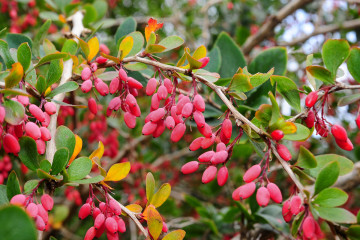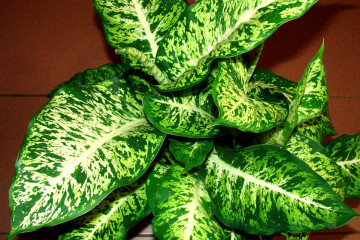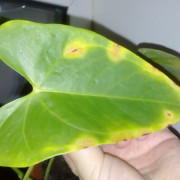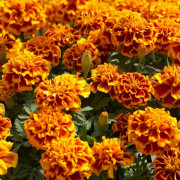Diseases of barberry - causes of occurrence
Content:
Thunberg barberry is often used as a decorative element of a garden plot. Some species are distinguished by inedible berries, but more often you can find useful plants from which a rich harvest is harvested. It is not always possible to do this to the fullest, since the barberry is often attacked by pests and infecting diseases.
Brief description of the plant
Barberry - shrubs of the Barberry family. The unpretentious plant can grow on dry and stony soils. Culture loves light, so in the wild it lives on mountain slopes and forest edges. You can grow barberry throughout Russia.
The plant has a powerful main root, from which long rhizomes extend. The branches are elongated, with thorns and thin green leaves. Flowering begins in May - racemose inflorescences of 20-25 flowers are formed on the branches. In early autumn, barberry has bright red oblong berries.
Why diseases can occur
This is due to a decrease in the plant's immune system. The reason may be high humidity during prolonged rains or improper watering.
Improper care
Barberry does not require special care, but certain recommendations should be followed. Excessive watering, refusal to fertilize, lack of loosening, improper pruning can cause insects and diseases. If the summers are very hot, it is important to spray.
Frequent illnesses
Diseases of barberry and the fight against them take a lot of energy from the gardener. To reduce their number, it is necessary to follow the rules for caring for the plant and carry out prevention.
Powdery mildew on the leaves
Fungal disease manifests itself in the form of white bloom and spots on the leaves of the barberry. The initial stage of infection passes unnoticed by the gardener. Gradually, the shrub begins to fade and become covered with cobwebs, the leaves curl from lack of nutrition.
With each stage of the disease, there are fewer ways to get rid of powdery mildew on barberry. At the very beginning, it is recommended to cut off the infected foliage and burn it. The bush must be treated with special solutions until flowers appear on it.
If the barberry is longer, then in the fall it is worth treating it with Fitosporin. You can use a solution made from laundry soap and soda ash for these purposes.
Rust on barberry leaves
The appearance of rust on barberry is due to a lack of nutrients. Fungal disease manifests itself in the form of orange spots that cover not only the leaves, but also the stem of the plant. Spores can be found on the underside of foliage.
You can deal with rust with the help of preparations with a high sulfur content in the composition. The most commonly used spraying with Bordeaux liquid. Parts of the plant affected by rust are recommended to be cut and scorched.
Spot on the leaves of barberry
Several types of this disease are known: black spot, brown and white. Each species has its own distinctive features and the source of the problem. If you start a shrub, it will begin to dry out, its leaves will first curl up and then fall off. Disease occurs due to lack of nutrients. Treatment is carried out with drugs with a high copper content. To prevent these funds from affecting the fruits, it is necessary to carry out several treatments a month before their collection.
Bark necrosis
Some spores of the fungus get into cracks in the bark, and subsequently cause necrosis. This disease is characterized by dead areas of the upper layer of the lignified part of the stems, which swell and expose areas with spores.
Shrinking stems
A shrunken crown and bark are also the result of a fungal infection. The only treatment in this case is to cut off the affected areas of the plant.
Barberry bacteriosis
In the presence of bacteriosis, dark spots appear on the leaves. In the process of the disease, large areas of the plant die off, and swellings appear on the shoots. You can save the plant by removing all infected shoots.
Barberry cancers
Plants with low immunity can develop cancer. At the same time, the bark of the barberry begins to crack and rot, the number of fruits decreases on it, and unhealthy growths can be noticed on the branches. As a treatment, you need to cut off tumors, cut off unhealthy shoots and process the cut sites with a solution of copper sulfate. Later, the plant should be sprayed with Fundazol solution.
Pests
It is quite simple to get rid of insects that infect a plant, but not all gardeners notice their appearance in time, which negatively affects the condition of the shrub. Asking why the barberry began to shed its leaves in the summer, not everyone understands that it is a pest invasion.
Caterpillars
Various types of lepidopteran insects leave their larvae on the barberry. Pests can lay them on leaves, under bark, or in the soil. If caterpillars appear on a bush, the leaves of the plant will begin to turn yellow and curl, and then fall off, because the pests feed on the sap of the bush. If you do not start killing the caterpillars in time, the bush can dry out completely.
If caterpillars appear on the barberry, the methods of dealing with them will be as follows:
- 3 weeks before harvesting, the shrubs are sprayed with Chlorophos or Decis, observing the instructions for use.
- The leaves of the barberry eaten by the caterpillars are removed.
- Of the folk methods, spraying the bushes with tincture of wormwood and fumigation helps.
Aphids on barberry
The reason why the leaves of the barberry dry may be aphids. It lives on the underside of the leaves and feeds on the sap of the plant. Symptoms of infection: foliage curling and the appearance of a yellow color on it.
To combat the pest, solutions containing sulfur are used. You can make decoctions with a pungent odor. Most often, spraying with a garlic or tobacco solution is practiced.
Mites
This is the most dangerous pest of barberry. Ticks multiply rapidly. If there are several plant bushes on the site, everyone will be infected. You can find an adult insect by its bright orange color.
What to do when the barberry dries: dilute 1 ampoule of Fitoverm in a liter of water and spray the plant.An effective way is the use of Talstar, which is sold in powder and liquid form. For reliability, barberry is also treated with an alcohol solution.
Preventive measures
Reanimating a plant is more difficult than preventing barberry diseases and insect infestations. Basic preventive measures:
- When buying cuttings, you need to carefully examine the root system. If some roots are not healthy, this is a sign of weak immunity. It is not worth buying such a plant.
- You need to plant barberry in a well-ventilated and lighted area of the site.
- It is worth keeping a distance of at least 0.5 m between the bushes.
- Annual sanitary pruning should not be too strong.
- The material collected during pruning must be incinerated.
When barberry leaves curl and dry up, why this happens, you need to figure it out. The main reasons are considered to be infection with diseases and invasion of pests. Following proper care and regular preventive treatment will help to avoid such problems.
